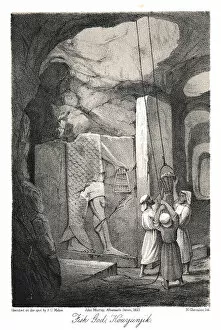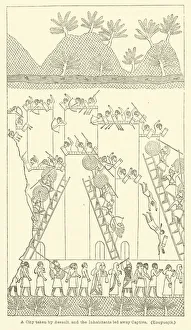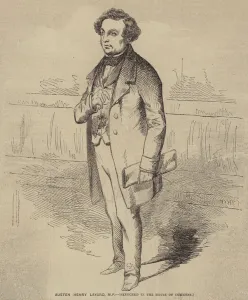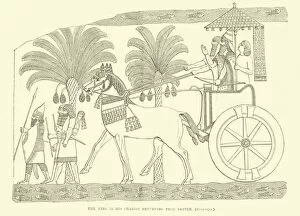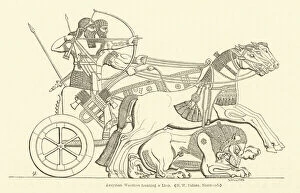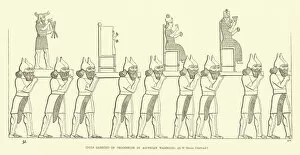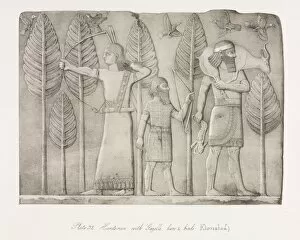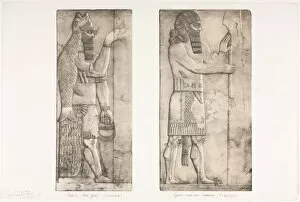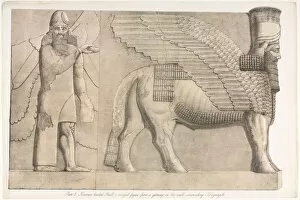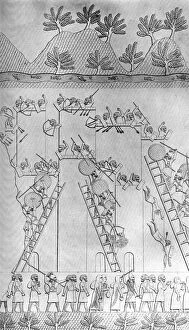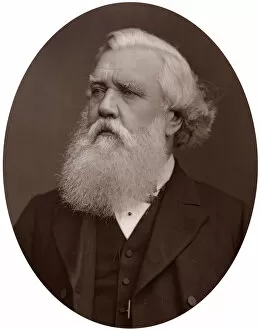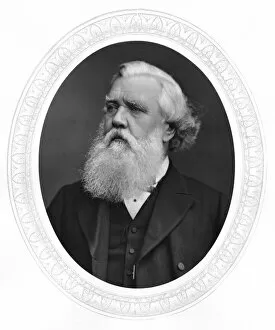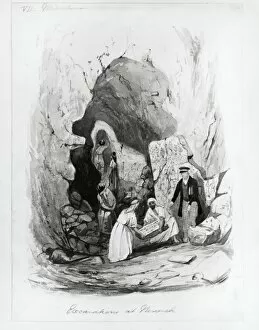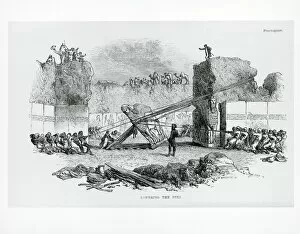Austen Henry Layard Collection
Austen Henry Layard, a man of many talents and accomplishments, left an indelible mark on history
All Professionally Made to Order for Quick Shipping
Austen Henry Layard, a man of many talents and accomplishments, left an indelible mark on history. Through his engravings, he transported us to ancient civilizations and unveiled their secrets. Lowering the bull, an engraving that captures Layard's determination to uncover the mysteries of the past. With unwavering dedication, he excavated beneath the Mound of Nimrud in search of hidden treasures. Procession of the bull beneath the Mound of Nimrud showcases Layard's remarkable discoveries. His findings shed light on forgotten cities taken by assault and inhabitants led away captive – a glimpse into a turbulent era brought back to life through his meticulous work. In Kouyunjik, another engraving reveals a bas-relief depicting a city under siege. The intricacies captured by Layard showcase his ability to transport us back in time and immerse ourselves in historical events, not only an archaeologist but also held political office as MP. An engraving portrays him with dignity and pride – a testament to his multifaceted nature. The obelisk stands tall in another engraving – an emblematic symbol representing Layard's significant contributions to understanding ancient civilizations. His discoveries at Nimroud have forever changed our perception of history. Layard's passion for exploration is evident as we witness The king in his chariot returning from battle. This captivating scene depicts Assyrian warriors hunting lions with unmatched bravery and skill - immortalized through Layard's engravings. Idols carried in procession by Assyrian warriors reveal religious practices long lost to time. These engravings offer glimpses into rituals that once shaped societies now buried beneath layers of dust and sand. The War in the East brings forth yet another chapter in Austen Henry Layard's life journey. As Mr. Layard arrives at Constantinople as Britain’s new ambassador, this engraving highlights his diplomatic prowess and his commitment to fostering international relations.




